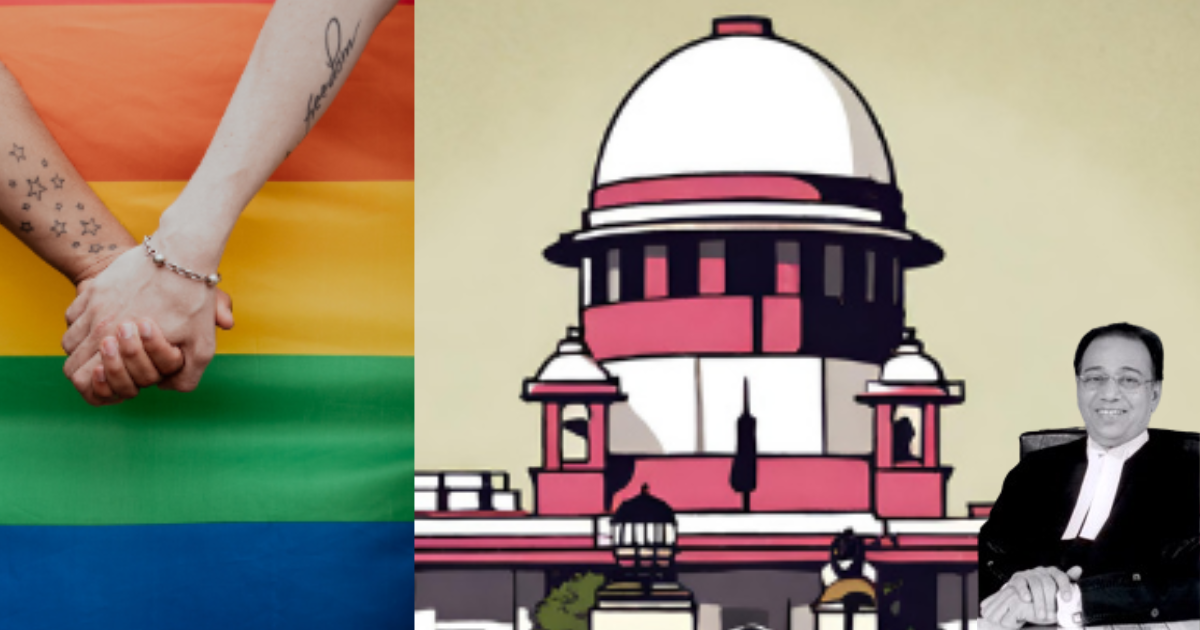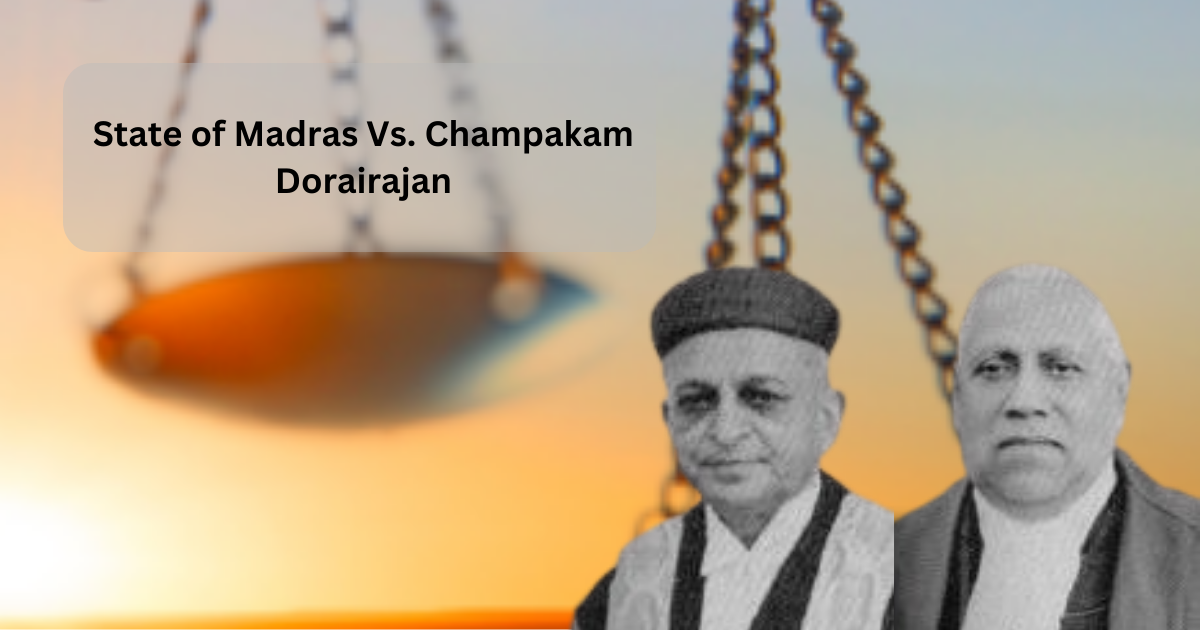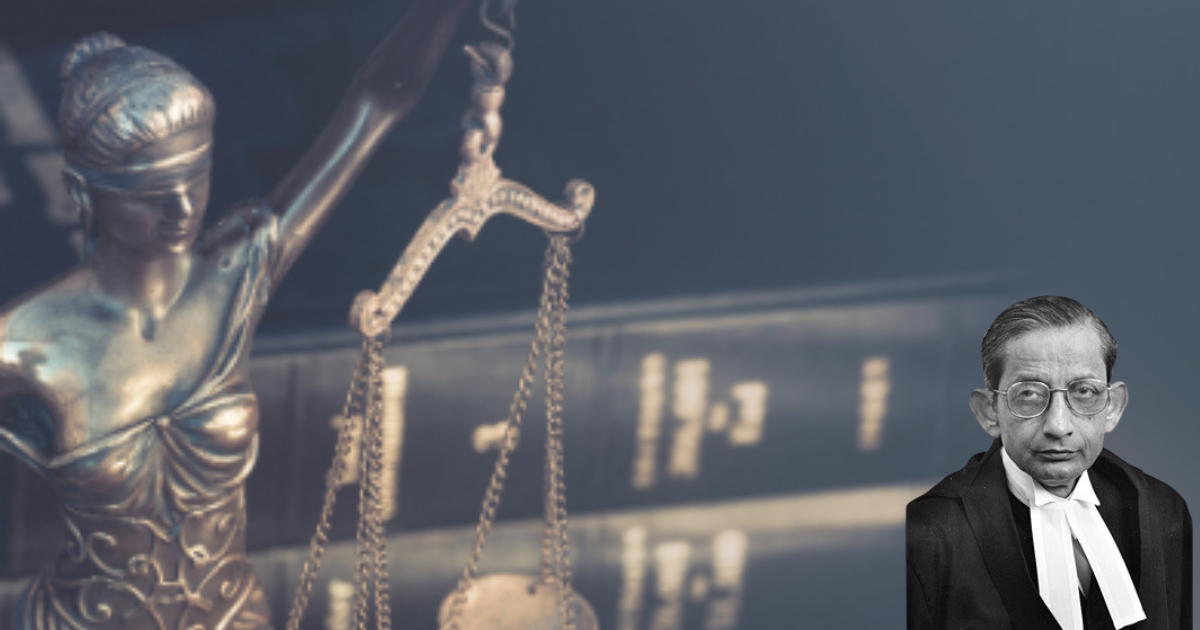In the corridors of Indian jurisprudence, the case of National Legal Services Authority (NALSA) v. Union of India (2014) unfolds as a groundbreaking narrative, reshaping the contours of legal rights for the transgender community. The legal odyssey, marked by the quest for inclusivity and justice, traverses through the annals of discrimination, identity, and the fundamental right to live with dignity.
The story begins with the petitioner, NALSA, an organization dedicated to providing legal aid and services, advocating for the rights of the transgender community. The crux of the legal challenge lay in the recognition of the rights of transgender persons, who historically faced societal ostracization, discrimination, and denial of basic human rights.
The arguments before the Supreme Court resonated with the fundamental principles enshrined in the Indian Constitution. The petitioner contended that the denial of legal recognition to the transgender community violated their constitutional rights, particularly the right to equality, non-discrimination, and the right to live with dignity under Articles 14, 15, and 21.
The legal battleground witnessed a multifaceted analysis. The Supreme Court, led by Justice K.S. Radhakrishnan and Justice A.K. Sikri, embarked on a transformative journey that extended beyond the conventional understanding of legal rights. The judgment, rooted in constitutional morality, sought to address the historical injustices and marginalization faced by the transgender community.
The heart of the judgment lies in the recognition of the third gender. The Court, in its wisdom, acknowledged the diverse identities encompassed within the transgender spectrum and affirmed their right to self-identify as male, female, or third gender. This landmark declaration was a departure from the binary understanding of gender prevalent in societal and legal norms.
The legal analysis in NALSA v. Union of India delved into the principles of non-discrimination and equality. The Court, referring to international conventions and precedents, held that the transgender community was entitled to all the rights guaranteed under the Constitution, without any discrimination. The judgment emphasized the need for affirmative action to uplift a community that had historically faced systemic exclusion.
The decision drew inspiration from earlier judgments, such as Eunuchs (Hijras) v. State of A.P. (1998) 4 SCC 56, which recognized the constitutional rights of hijras (eunuchs) and laid the foundation for the broader understanding of transgender rights.
In the aftermath of the judgment, the legal landscape witnessed a paradigm shift. The transgender community, historically relegated to the margins, was now accorded legal recognition and protection. The judgment went beyond legal rights, addressing social stigmatization and the need for inclusive policies to integrate the transgender community into mainstream society.
The dissenting opinion by Justice Chelameswar underscored concerns about judicial overreach. While acknowledging the need for legislative action, Justice Chelameswar cautioned against the judiciary usurping the domain of the legislature in crafting comprehensive policies for the transgender community. The legal legacy of NALSA v. Union of India reverberated through subsequent decisions and legislative initiatives. The judgment provided a foundation for the Transgender Persons (Protection of Rights) Act, 2019, which aimed to protect the rights of transgender persons and prohibit discrimination against them.
We are informed an Expert Committee has already been constituted to make an in-depth study of the problems faced by the Transgender community and suggest measures that can be taken by the Government to ameliorate their problems and to submit its report with recommendations within three months of its constitution. Let the recommendations be examined based on the legal declaration made in this Judgment and implemented within six months. Writ Petitions are, accordingly, allowed, as above.
Case Number: WRIT PETITION (CIVIL) NO.400 OF 2012
Case Title: National Legal Services Authority Vs. Union of India and others



